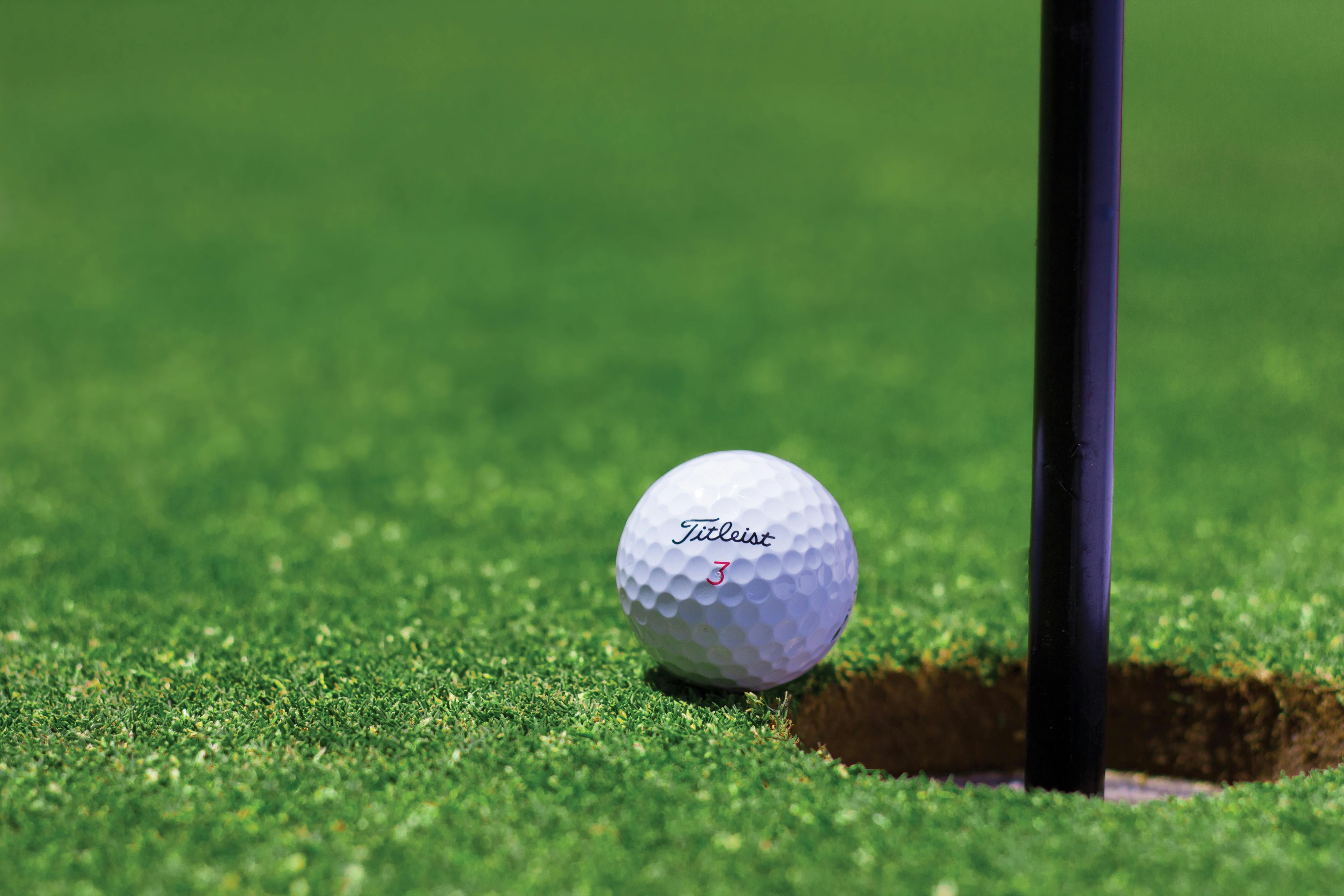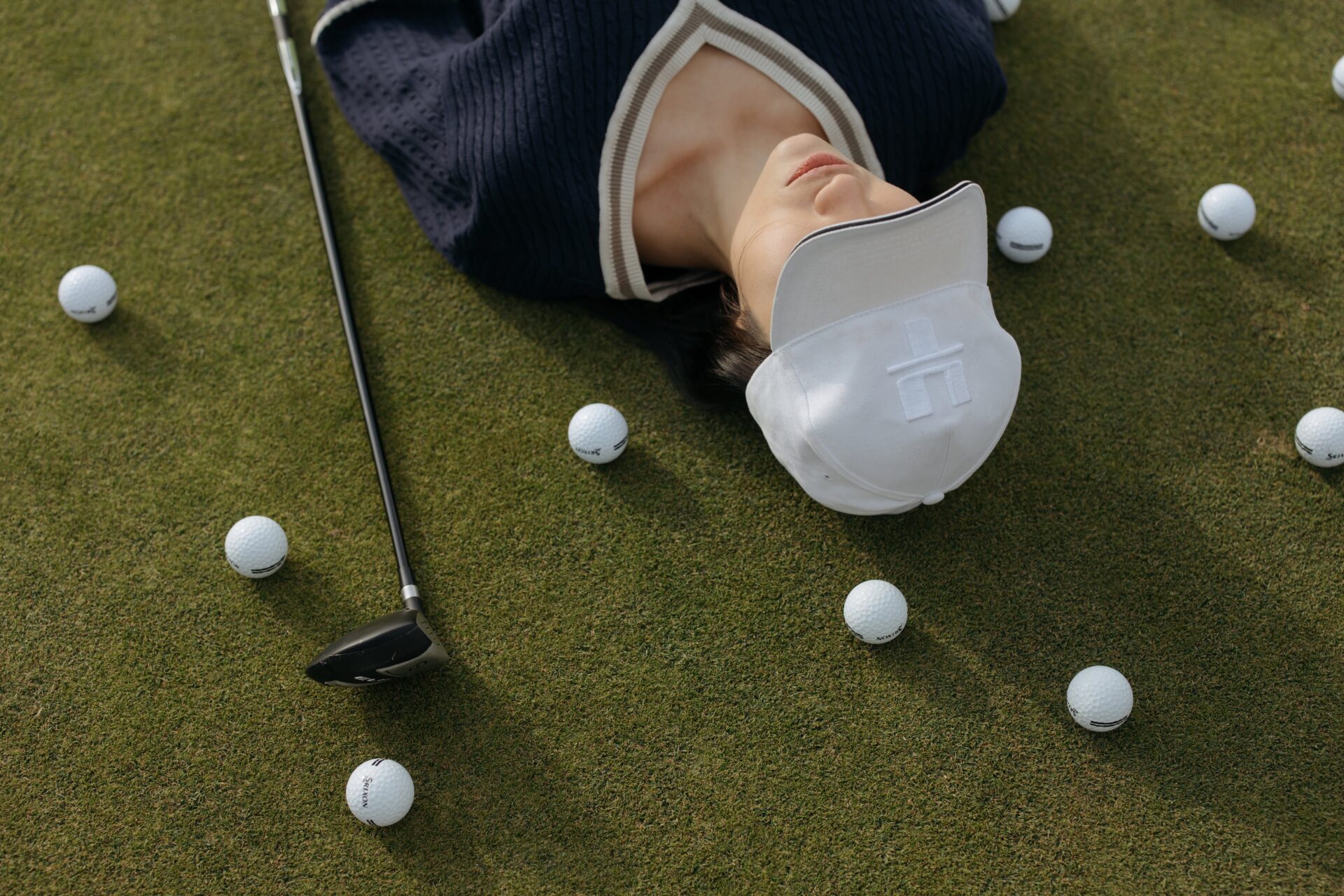Golf balls are among the most important pieces of equipment for any golfer. With so many different types and brands on the market, it can be difficult to decide which golf ball is right for you. This article will provide an overview of the different types of golf balls available and help you decide which one is best for your game. We’ll discuss the different materials used to make golf balls, the effect that spin has on golf ball performance, and the various technologies used to create longer drives and softer feel. With this information, you’ll be able to make an informed decision about what kind of golf ball is ideal for your needs.Golf balls come in a variety of types which are designed for different levels of play. The two main types are recreational golf balls and performance golf balls. Recreational golf balls are typically made from two or three layers and have a large, soft core made from Surlyn or other “low compression” materials. These balls have a thin cover that is designed to provide good durability and resistance to cutting and scuffing, but they don’t provide the same level of spin performance as performance golf balls. Performance golf balls typically have more layers, which helps generate higher spin rates on shots struck near the green. They also tend to have a firmer core that provides more distance off the tee compared to recreational golf balls.
Benefits of Using Different Golf Balls
Using different golf balls can have many benefits for golfers. Different types of golf balls are designed to perform differently, depending on the skill level and playing style of the golfer. For example, a beginner may benefit from using a ball that has a softer core and cover, which can help increase distance and accuracy. On the other hand, more advanced players may prefer to use a ball with a firmer core and cover for better control.
Another major benefit of using different golf balls is that it can help improve your game over time. By playing with different types of balls, you can learn what works best for your particular swing and playing style. This will allow you to make adjustments to your game as needed in order to maximize your performance on the course.
Finally, using different types of golf balls can also be beneficial for your equipment. By switching between hard and soft cores and covers, you can reduce wear on your clubs, which will help them last longer overall. Additionally, having a variety of golf balls in your bag allows you to find one that works best with each club in your set, enabling you to maximize their performance as well.
Overall, using different types of golf balls can be beneficial for any golfer looking to improve their game. Whether you’re a beginner or an advanced player, having some variety in the type of ball you use can give you an edge on the course.
Compression
Compression is an important factor to consider when choosing a golf ball. The compression rating is the measure of how much the ball compresses when struck by the club. Generally, a higher compression rating means that the ball will travel farther with more control and stability. Lower compression balls are better suited for players with slower swing speeds or those who want to hit a softer shot with less spin. Whether you choose a high or low compression golf ball depends on your individual needs and preferences as a golfer.
Cover Material
The cover material of the golf ball also plays an important role in performance and feel. Urethane covers are generally more expensive, but they offer superior spin control and feel around the greens. Surlyn covers are usually cheaper, but they tend to be more durable and provide less spin control than urethane covers. The choice between urethane and surlyn covers is largely up to personal preference, so it’s important to test out different golf balls before making a purchase.
Spin Rate
Spin rate is another important factor to consider when choosing a golf ball. Spin rate refers to how much the ball spins when it’s hit off the tee or out of the rough. High spin rate balls tend to be better for players who want more control over their shots, while lower spin rate balls are better for players who want more distance off their shots. Again, this comes down to personal preference so it’s important to test out different types of golf balls before making a purchase.
Price
Finally, price should also be taken into consideration when choosing a golf ball. Golf balls can range from extremely inexpensive models all the way up to luxury brands that cost hundreds of dollars per dozen. Generally speaking, pricier models offer higher quality materials and superior performance, but that doesn’t necessarily mean they’re right for every golfer’s game. It’s best to shop around and try out different models before settling on one that fits your budget.
Pros and Cons of Different Golf Balls
Golf balls are one of the most important pieces of equipment for any golfer. The type and brand of golf ball you choose can have a significant impact on your game. There are many different types of golf balls available, each with its own unique set of pros and cons. It is important to consider all the factors before selecting a golf ball that best suits your needs.
Some of the most common types of golf balls are two-piece, three-piece, four-piece, and multi-layer golf balls. Two-piece golf balls are generally the least expensive option and provide good distance and control due to their low spin rate. Three-piece golf balls typically have a soft cover and offer good spin control for short shots. Four-piece golf balls generally have a urethane cover that provides excellent spin control with short shots and increased distance with long ones. Multi-layer golf balls usually provide the most distance, but can be difficult to control due to their higher spin rate.
The pros of using two-piece or three-piece golf balls include their lower cost, good distance, and excellent control around the greens. The cons include their lack of distance off the tee and difficulty controlling trajectory with long shots. The pros of using four-piece or multi-layer golf balls include more distance off the tee, better trajectory control with long shots, and better spin control around the greens. The cons include their higher cost and difficulty controlling trajectory with short shots due to their higher spin rate.
When selecting a golf ball, it is important to consider your skill level, budget, playing style, and course conditions before making your decision. Different types of golf balls may be better suited for certain types of players or courses than others. Ultimately choosing the right ball comes down to personal preference as different players may find different benefits from each type depending on what they need from their game.
No matter which type you choose, having a few extra sleeves in your bag is always a good idea so that you have options when playing different courses or in different weather conditions. With so many options available it can be difficult to know which one is best for you but by considering all the factors you can select a ball that will help you get the most out of your game!
Soft and Hard Golf Balls
Golf balls are available in a variety of materials and construction styles that offer different performance characteristics. The two main types of golf balls are soft and hard. Soft golf balls are designed to have a higher spin rate and greater feel, while hard golf balls are designed for distance and durability.
Soft golf balls typically feature a two- or three-piece construction with a larger, softer core surrounded by multiple layers of rubber. This design results in more spin on short shots, which can help control the ball’s trajectory around the green. Softer materials also provide a softer feel at impact, making it easier to hit shots with greater accuracy.
Hard golf balls typically feature an one- or two-piece construction with a harder core made of either synthetic rubber or a combination of synthetic rubber and resin. This design results in less spin on short shots, making it easier to hit long straight shots off the tee. Harder materials also provide more durability, making them ideal for players who frequently lose their golf balls due to errant shots or water hazards.
When selecting a golf ball, players should consider their skill level and playing conditions as well as their goals for improving performance. Soft golf balls may be better suited for advanced players looking for greater control on short shots while hard balls may be better suited for beginners looking for more distance off the tee box. Ultimately, the best ball will depend on individual playing preferences and goals for improvement.

Distance and Control Golf Balls
Golf balls are an essential piece of equipment in the game of golf, and different types of ball can be used to achieve different results on the course. Distance and control golf balls are two of the most commonly used types, and they each have their own set of advantages and disadvantages.
Distance golf balls are designed to maximize distance off the tee, with a focus on low spin for greater launch angles. They typically have a softer core to help generate more spin, which helps create a higher launch angle off the tee for increased carry. These balls also tend to be made from materials that are lighter than traditional golf balls, allowing them to travel further in the air.
Control golf balls, on the other hand, are designed to give players a greater degree of accuracy when hitting their shots. These balls are typically harder than distance golf balls, with firmer cores that produce less spin and lower launch angles. This helps players hit straighter shots with more precision, although they will usually sacrifice some distance off the tee in favor of accuracy.
In addition to these differences in design, distance and control golf balls also differ in terms of cost. Distance golf balls tend to be cheaper than control golf balls due to their simpler construction and lower quality materials. Control golf balls, however, cost more due to their more complex design and higher-quality materials.
Choosing between distance and control golf balls is a personal preference that depends on your individual playing style and what type of results you’re looking for on the course. Distance golf balls will help you hit longer shots off the tee but may sacrifice some accuracy while control golf balls will help you hit straighter shots but may sacrifice some distance off the tee. Ultimately it is up to you to decide which type best suits your needs as a golfer.
Which Type of Golf Ball Should Beginners Use?
For beginners, it is important to choose the right golf ball so that they can maximize their game potential. The type of golf ball that a beginner should use depends on their playing style and skill level. For most beginners, choosing a two-piece ball is recommended. The two-piece golf ball offers enhanced distance and good control for basic shots. It also has a more durable cover which makes it ideal for learners who may not have the best swing mechanics yet.
The type of cover material used on the golf ball can also make a difference in how well a beginner performs. Softer covers provide more spin around the green which helps to control shots while firmer covers generate greater distance off the tee and with longer irons. Beginners should look for golf balls with a urethane or surlyn cover as they offer good control and durability at an affordable price.
Another factor to consider when choosing a golf ball for beginners is compression. Compression refers to how much the ball compresses when hit with the clubface. A low compression golf ball travels farther when hit by slower swings while higher compression balls are designed for faster swings and better accuracy. Low compression balls are generally recommended for beginners as they are easier to hit and provide more distance off the tee.
Overall, selecting the right type of golf ball is an important decision that can help beginners improve their game and lower their scores over time. While there are many different types of golf balls available, two-piece balls with urethane or surlyn covers and low compression ratings are ideal for most novice players looking to get started in the game of golf.
Best Type of Golf Ball for Low Handicappers
Low handicappers are always on the lookout for the best golf ball to help them improve their game. The type of golf ball used can make a big difference in a golfer’s performance, and low handicappers want to make sure they have the right ball for their game.
The first thing to consider when choosing a golf ball is the spin rate. Low handicappers typically need more spin on their shots to control distance and trajectory, so they should look for a golf ball that has high spin rates. Tour caliber balls tend to have higher spin rates than standard models, so they are often a good choice for low handicappers.
Another important factor to consider is compression. Low handicappers need balls that offer maximum control and accuracy off the tee, so they should look for models with high compression ratings. High compression balls offer better feel around the green as well as improved accuracy off the tee.
Finally, low handicappers should consider the cover material when choosing a golf ball. Balls with urethane covers tend to provide better spin rates and more feel than those with Surlyn covers. Urethane also provides better durability than Surlyn, which makes it an ideal choice for players who play frequently or in harsher conditions.
Overall, low handicappers need golf balls that provide maximum control and accuracy off the tee while also offering good feel around the green and durability in all types of conditions. Tour caliber balls with urethane covers tend to be one of the best choices for this type of golfer, as they offer all of these features in one package. With a little research, low handicappers can find a golf ball that will help them take their game to new heights.

Conclusion
Golf balls are highly individualized and personal. The type of golf ball you choose will depend on your goals, ability level, and budget. Before purchasing a box of golf balls, it’s important to understand the different types of balls available and which ones best suit your needs. Whether it’s a two-piece ball, a three-piece ball, or something in between, you can find the perfect golf ball for your game.
No matter which type of ball you decide to use, make sure to keep an eye on your spin rates and distances so that you can adjust accordingly. With the right golf ball in your bag, you can improve your accuracy and distance off the tee and maximize your performance on the course.




